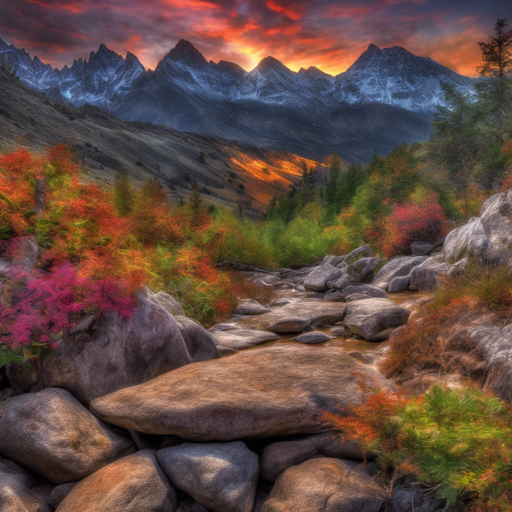Welcome to our guide on creating stunning high dynamic range (HDR) images from various exposure stacks! Capturing the full range of light can transform your photography into breathtaking pieces of art that present detail where it usually gets lost in shadows or highlights. Let’s dive into the steps and method of achieving this, along with troubleshooting tips you might find useful!
Introduction
The goal of this project is to recover high dynamic range radiance maps from photographs, creating images that encapsulate details from the entire dynamic range. It involves two primary steps: radiance map construction and tone mapping. We implement an algorithm from Debevec and Malik to recover the radiance map, then we apply tone mapping and intensity adjustments to convert it into a displayable image.
Algorithm Overview
1. High Dynamic Range Radiance Map Construction
In this section, we delve into various elements required to construct a high dynamic range radiance map.
- Film Response Curve Recovery: This curve maps observed pixel values to the logarithm of exposure values. The function g can be defined with the equation:
g(Zij) = ln(Ei) + ln(tj). - Noise Reduction: Using all available exposures for a particular pixel can greatly enhance noise reduction.
Think of the film response curve recovery as tuning a musical instrument—it’s about finding the perfect pitch (or in this case, smooth mapping) that gets all elements in harmony. The data collected from various exposures helps create that perfect pitch!
2. Tone Mapping
For this project, we’ll utilize gamma correction as a means to achieve global tone mapping. Here’s how it can be formulated:
Output Image = Input Image ^ (1/Gamma)This serves to ensure the output image remains within the pixel value range of 0 to 255.
3. Color Adjustment
To make the HDR image as true to the input as possible, we adjust the average intensity of each RGB channel according to the template image, typically using the middle image from the stack.
Results
Example 1: Original and HDR Images
 |
Exposure: 1/160 secs |
 |
Exposure: 1/125 secs |
 |
Exposure: 1/80 secs |

Example 2: Original and HDR Images
 |
Exposure: 1/1400 secs |
 |
Exposure: 1/1250 secs |
 |
Exposure: 1/1100 secs |

Troubleshooting
- Ensure your images cover the entire dynamic range; otherwise, you will lose detail in shadows or highlights.
- If HDR images are too dark or too bright, try adjusting the gamma setting used in tone mapping.
- For issues with noise in the images, ensure that you’ve used proper exposure values and reduced noise using adequate algorithms.
- Remember, radiance maps are sensitive; small errors in exposure time can lead to significant artifacts in the final output.
For more insights, updates, or to collaborate on AI development projects, stay connected with fxis.ai.
At fxis.ai, we believe that such advancements are crucial for the future of AI, as they enable more comprehensive and effective solutions. Our team is continually exploring new methodologies to push the envelope in artificial intelligence, ensuring that our clients benefit from the latest technological innovations.

